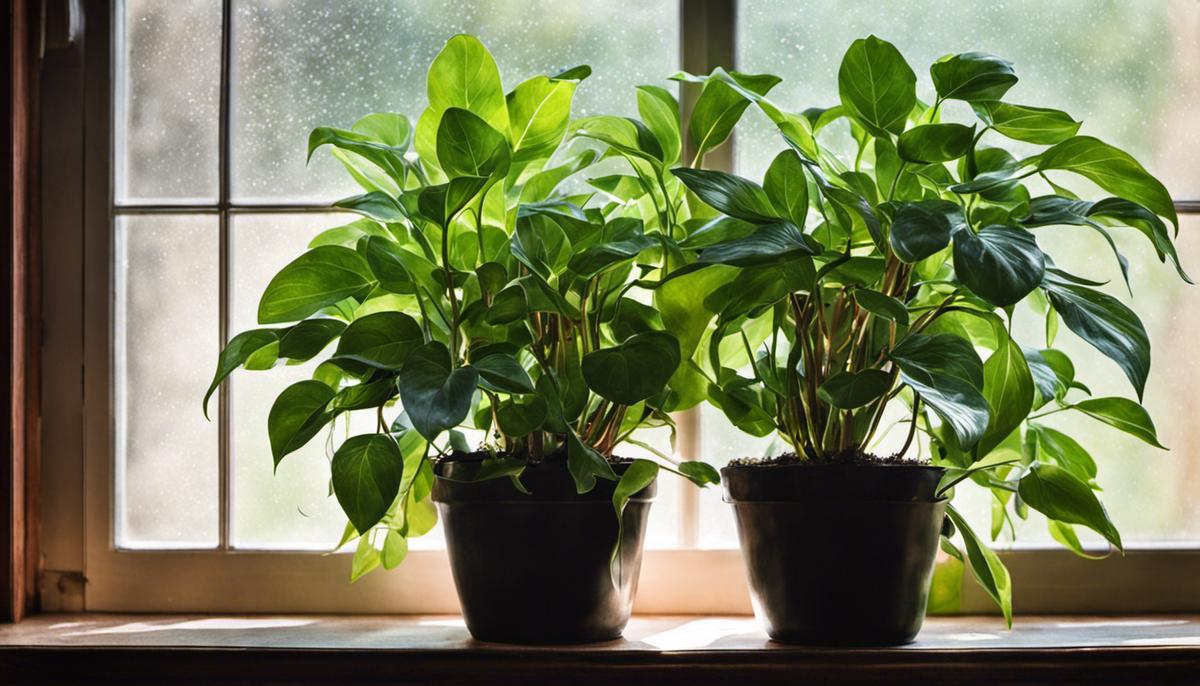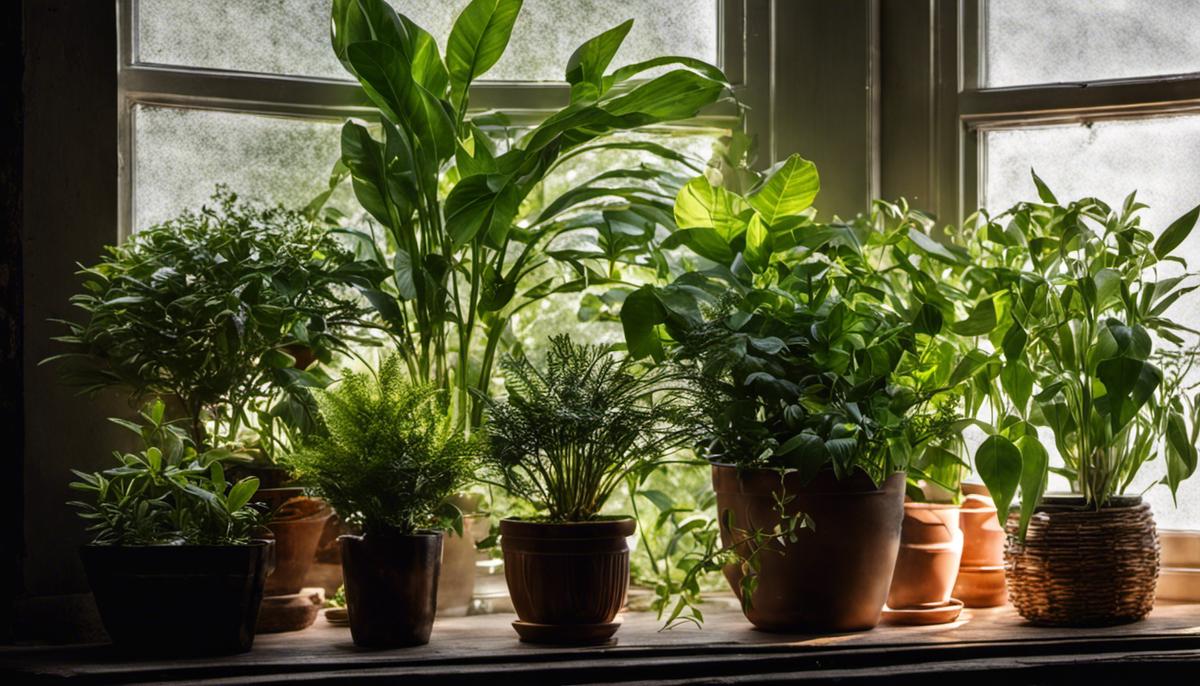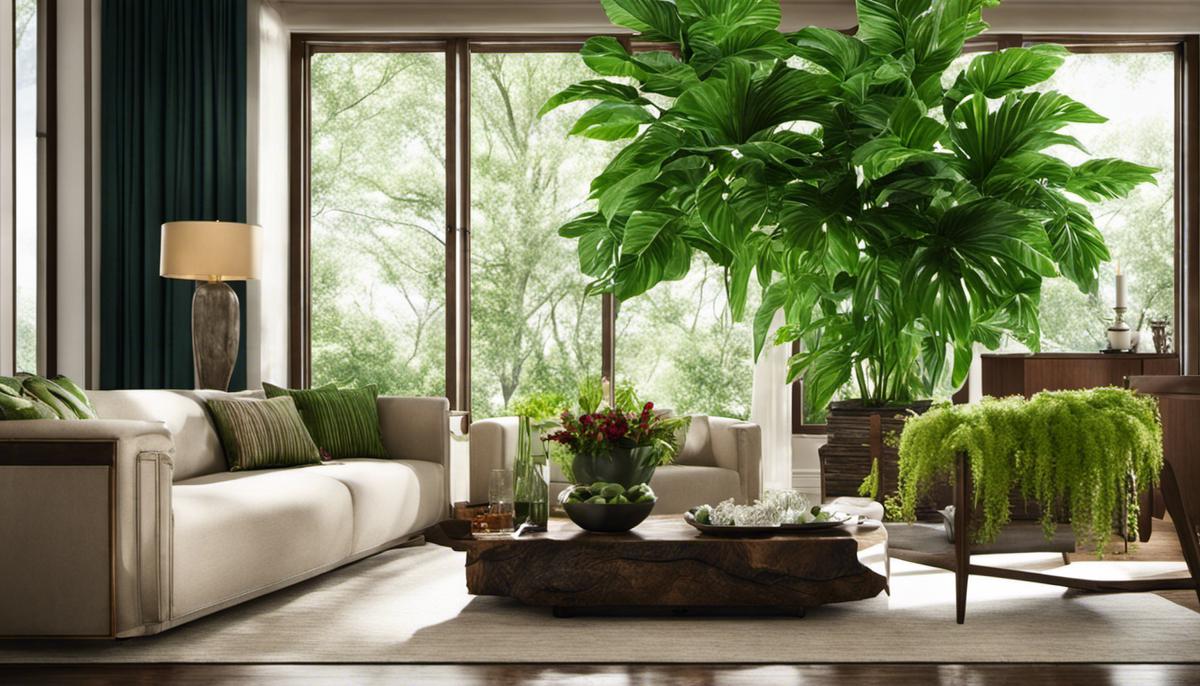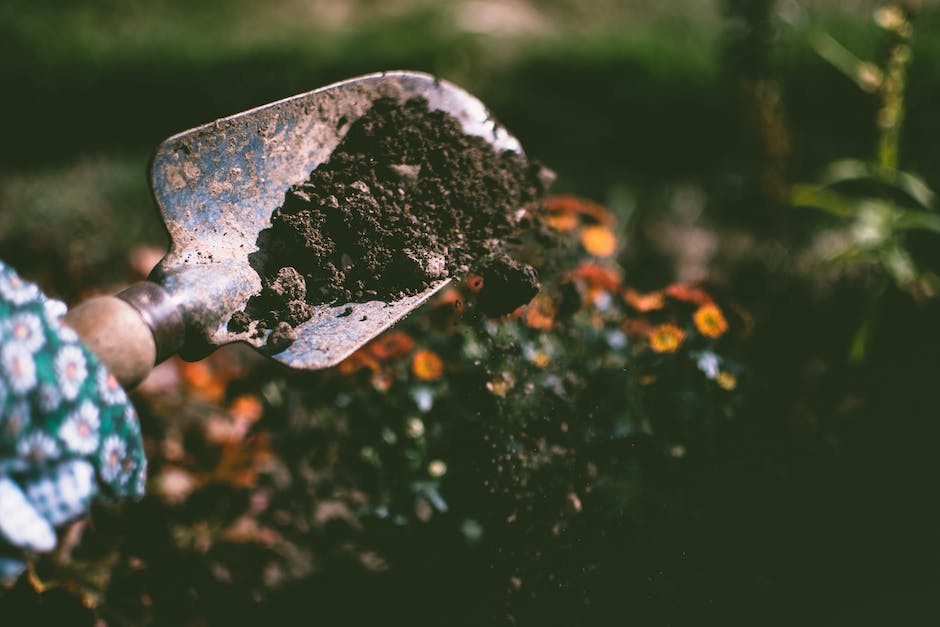Best Plants for North Facing Windows

Welcome to the fascinating world of indoor gardening! In the realms of home horticulture, few spaces present as much of a challenge, or indeed, an opportunity for unique beauty as the north facing window. This environment, typified by its lower light intensities and cooler temperatures, creates a distinct and specialized biome that can host a wide range of diverse plant species. This essay aims to guide you, whether you’re a budding green-thumbed enthusiast or a seasoned plant lover, in understanding these unique conditions, identifying suitable plant species, and maintaining a stunning and thriving indoor garden in these sometimes tricky, north-facing situations. Dive in, and discover the possibilities of decorating your north-facing window with verdant life.
Understanding the Environment of North Facing Windows
Unlocking the Mystery: How North Facing Windows Impact Plant Growth
Entering the captivating world of indoor gardening presents fascinating intricacies. One such intrigue centers around the unique characteristics of north-facing windows and their effects on houseplants. These peculiarities may appear slight but they possess a considerable impact on plant growth and development.
What’s special about north-facing windows?
For starters, a north-facing window receives less direct sunlight throughout the day relative to other orientations. Rather than exposing plants to intense, direct beams, these windows provide a steady stream of gentle, diffused light. No specific hour in the day receives any concentrated sunlight, shielding our green friends from the harsh afternoon radiance. Natural light enters at a low-intensity but consistent rate, creating a stable and calm environment for plant growth.
This consistent but low-level lighting can be difficult for certain plants, especially those with a preference for bright, direct sunlight. However, it’s a haven for shade-loving plants or those which thrive in indirect sunlight. Folks exploring indoor gardening will find it ideal for plants such as ferns, snake plants, or ZZ plants that relish in subdued lighting.
Temperature and humidity are other significant factors influenced by window-facing. North-facing windows are notably cooler as they receive less direct sunlight. Heat-sensitive plants thrive in this environment, enjoying a cooler ambiance. Moreover, these windows tend to maintain a more consistent temperature throughout the day. Hence, plants that struggle with temperature fluctuations can find solace here.
What about the cons? For those green thumbs with sun-loving plants like succulents, the north-facing window might pose a challenge. These hardy, sun-loving species may struggle in northern exposure, manifesting in slow growth or fading color.
In terms of humidity, north-facing windows keep it low, making it a potential problem for tropical plants craving high humidity levels. If you are keen on keeping tropical species, consider employing a humidifier or adopting practices like misting to compensate.
Despite these challenges, upkeep can turn supposed drawbacks into splendid versatility. One can say that north-facing windows are the introverts of home gardening; given the right plants and attentive care, they offer a wonderfully gentle and inviting space for plant growth.
In essence, the unique characteristics of north-facing windows provide an excellent opportunity for gardeners to experiment with a wide range of shade-loving, cool-weather plants. The lack of direct sunlight and lower temperatures can offer a serene home for certain species, though it does urge careful selection and a bit more attention to humidity levels. As indoor gardeners grow in their journey, knowledge of these idiosyncrasies becomes the key, turning a north-facing window from conundrum to a flourishing indoor garden paradise.

Identifying Suitable Plant Types for North Facing Windows
Branching from this foundation, it’s time to delve into the specific types of plants that not only survive but thrive in north-facing windows. There are numerous varieties, ranging from flowering plants to wild ferns, that can be the perfect companion for your northern exposure. Buckle up as we dive into the magical world of flora that enjoys low light and cooler conditions.
1. Cast Iron Plant:
One of the most forgiving houseplants is the Aspidistra Elatior, also known as the Cast Iron Plant. With its lush, deep green foliage, it’s an understated addition to any indoor gardening space. Despite its fondness for low light levels, it is relatively drought-resistant and can tolerate colder temperatures that are characteristic of north-facing windows.
2. Snake Plant:
The Sansevieria or Snake Plant is an inspiring choice to grow. These plants are almost undestroyable and tend not to mind poor light, dry air, and chilly conditions. Also known as ‘Mother in Law’s Tongue,’ this plant has tall, sword-like leaves that lend it a unique and striking appearance, and it’s great for purifying indoor air too.
3. ZZ Plant (Zamioculcas Zamiifolia):
When low light loving plants are discussed, you cannot ignore the ZZ plant. This plant has shiny, deep green leaves and can withstand neglect while growing slowly but steadily. Not forgetting, the ZZ plant is a trooper when dealing with cooler temperatures.
4. Philodendron:
The heart-leaf Philodendron is typically a vining plant with rich green, heart-shaped leaves that can easily thrive in lower light. Despite being a tropical plant, Philodendrons can cope splendidly with the generally lower humidity levels that grace north-facing windows.
5. Peace Lily:
Spathiphyllum, also known as Peace Lily, is another versatile choice. While it certainly appreciates higher humidity and indirect light, this beautiful plant adapts well to lower light situations. If the white blooms are what you are after, you may need to provide your Peace Lily some supplemental light.
6. Boston Fern:
Contrary to other tropical plants, Boston Ferns actually do great in north-facing windows! They love a cool, shady spot with high humidity, so the oftentimes cooler ambiance of a north-facing window can be their paradise provided that you are keen on keeping their soil moist and humidity in check.
7. English Ivy:
This plant is literally the go-to option for anyone dealing with less than ideal light. It’s a climbing, trailing plant that can add texture and life to any indoor garden. Keep the soil lightly moist, and the English Ivy will be forever grateful.
8. Pothos:
Like the Philodendron, Pothos is a vining plant with glossy, heart-shaped leaves. It is an easy-going plant that doesn’t mind low light or cooler conditions. They are fast growers and arguably one of the easiest houseplants to grow.
So there you have it – a gaggle of glorious plants that embrace the low light, cooler conditions of a north-facing window. Create a green oasis on your northern windowsill with these resilient and beautiful plants. Remember, the key to an indoor garden’s success is patience and consistent care. Happy Growing!

Specific Plant Recommendations for North Facing Windows
Thriving in temperatures between 60 to 75 degrees, the Cast Iron Plant (Aspidistra Elatior), tops the list as an exceptional choice for north-facing windows. With undemanding light requirements and resilient against chillier climates, this evergreen perennial speaks volumes about versatility! Humidity isn’t much of a fuss for these guys; regular watering routines guarantee happy, glossy leaves.
Next, let’s turn to the head-turner that simply spells urban: the Snake Plant (Sansevieria). Nicknamed for its distinctively svelte and upward-reaching leaves, the Snake Plant doesn’t require constant attention. They’re bolstered with an uncanny ability to absorb toxins, improving indoor air quality, so it’s a win-win situation for both parties involved.
Following closely is the ZZ Plant (Zamioculcas Zamiifolia)—another strong contender for north-facing scenarios. Not only do they withstand low light conditions, they’re drought-tolerant. This ability makes them a perfect match for forgetful gardeners caught in their busy lives.
As another crowd-pleaser, you can’t miss the Philodendron; particularly the heart-leaf variety. Known for its mature, trailing vines, they’re stunning additions to support the aesthetics of your interior landscape. They strive in moderate to low light conditions, making them a no-brainer pick for north-facing windows.
On the outlook for a plant featuring exceptional ambient aesthetics? Consider the Peace Lily (Spathiphyllum). Sporting lush green leaves and pristine white flowers, they inject vibrancy into lackluster corners of rooms. While they may need a bit more of water than other options, they’re a good bet for northern exposure windows.
Enter the Boston Fern, a beloved classic in the plant community. Thriving in a cooler, shadier environment, it complements the lower light situation at north-facing windows. Keep the soil consistently damp, and watch them happily unfurl their fronds.
An oldie but a goodie, we present the English Ivy. Known for its enchanting, vine-wrapped appearances on historical buildings, cultivating this indoors has its rewards. Given a cool, indirectly lit environment, and behold its growth spurring forth.
Lastly, we have Pothos, an absolute gem to home and office setups yearning for a touch of nature. The swift-growing vines prefer low to moderate light; hence, they’re a fitting choice for north-facing windows. The yellow-splattered “Golden” variety makes for an especially vibrant selection.
There you have it – a curated list of plants perfectly suited for the subtle charm of north-facing windows. Don’t let any perceived restrictions stop your green thumb from flourishing, when selecting the right plant can turn any spot into a verdant, thriving indoor garden!

Care and Maintenance Tips for Plants in North Facing Windows
Exploring Ideal Watering and Nutrient Strategies For North-Facing Window Plants
Proper watering is a key aspect of maintaining healthy plants in a north-facing window environment. Unlike the thirsty sun-bathing cousins, these shade-loving contenders require significantly less water. Overwatering can cause issues like root rot, which spell doom for your beloved green friends.
It’s vital to allow the soil to dry between waterings, and the thumb test can be a handy tool here. Simply plunge your thumb about an inch into the soil, if it comes out dry, your plant is ready for a drink. This exercise proves particularly beneficial for options like the hardy Cast Iron Plant and the low-maintenance ZZ Plant, both of which err towards the drier side.
Next comes the aspect of nutrition. A typical failure amongst the best of us is overfeeding our indoor plants. Subtly is the winner here. Remember, in a north-facing window setting, the nutrient uptake is slower owing to the limited light exposure. We recommend a half-strength, water-soluble fertilizer applied once every 1 to 2 months during the growing season (typically summer and spring).
Every plant has its own quirky dietary habits. Snake Plants, for instance, are light feeders, while Peace Lilies appreciate a monthly feeding routine during spring and summer, their main growing period.
A few more tips: always water and feed your plants in the morning. This is when, metaphorically, their metabolism is high, thanks to the cooler temperatures of early days which mimic their natural habitat.
Insights on Re-potting and Pruning
Roll up your sleeves and welcome to another exciting facet of indoor gardening – re-potting! This is an ideal houseplant care strategy since it replenishes the depleted soil nutrients, refreshes the plant’s living space, and checks for pesky pests or diseases hiding in the roots. The robust Snake Plant or the delicate Boston Fern both relish a fresh pot of well-draining soil mix every one or two years.
Remember, the goal of re-potting isn’t to provide a much larger pot, but to refresh the soil and gently untangle the roots to inspire further growth. North-facing window plants grow slowly but steadily and are typically comfortable in their existing pot size. If you’re potting into a larger vessel, ensure it’s just a couple of inches wider than the previous one to avoid water logging!
Our final nugget of wisdom revolves around the art of pruning. A vital process to maintain plant health and appearance. Take the English Ivy, it needs a regular trim to prevent it from turning into an indomitable indoor jungle! But proceed with care, maintain focus on removing dead or yellowing leaves, errant growth, or crowded stems.
With these helpful tips and a genuine love for the green, one can cultivate a urban jungle fueled by the subdued light of a north-facing window, clearing misconceptions, and proving once and for all that any light is good light when gardening is a labor of love!

Equipped with this newfound knowledge of north-facing windows’ specifics and the plants that can adapt to such conditions, you’re set to embark on your indoor gardening journey, undeterred by low light or cool temperatures. As you sow seeds or position potted plants, remember that patience and keen observation are key to cultivating a thriving indoor garden. Adapt your practices as you learn more about each plant’s individual needs, and do not forget that each small step contributes towards your overall success in growing a healthy, vibrant, indoor garden. Happy planting, and may your north-facing window become not only a source of personal joy and relaxation but also an oasis of beauty and tranquility!



